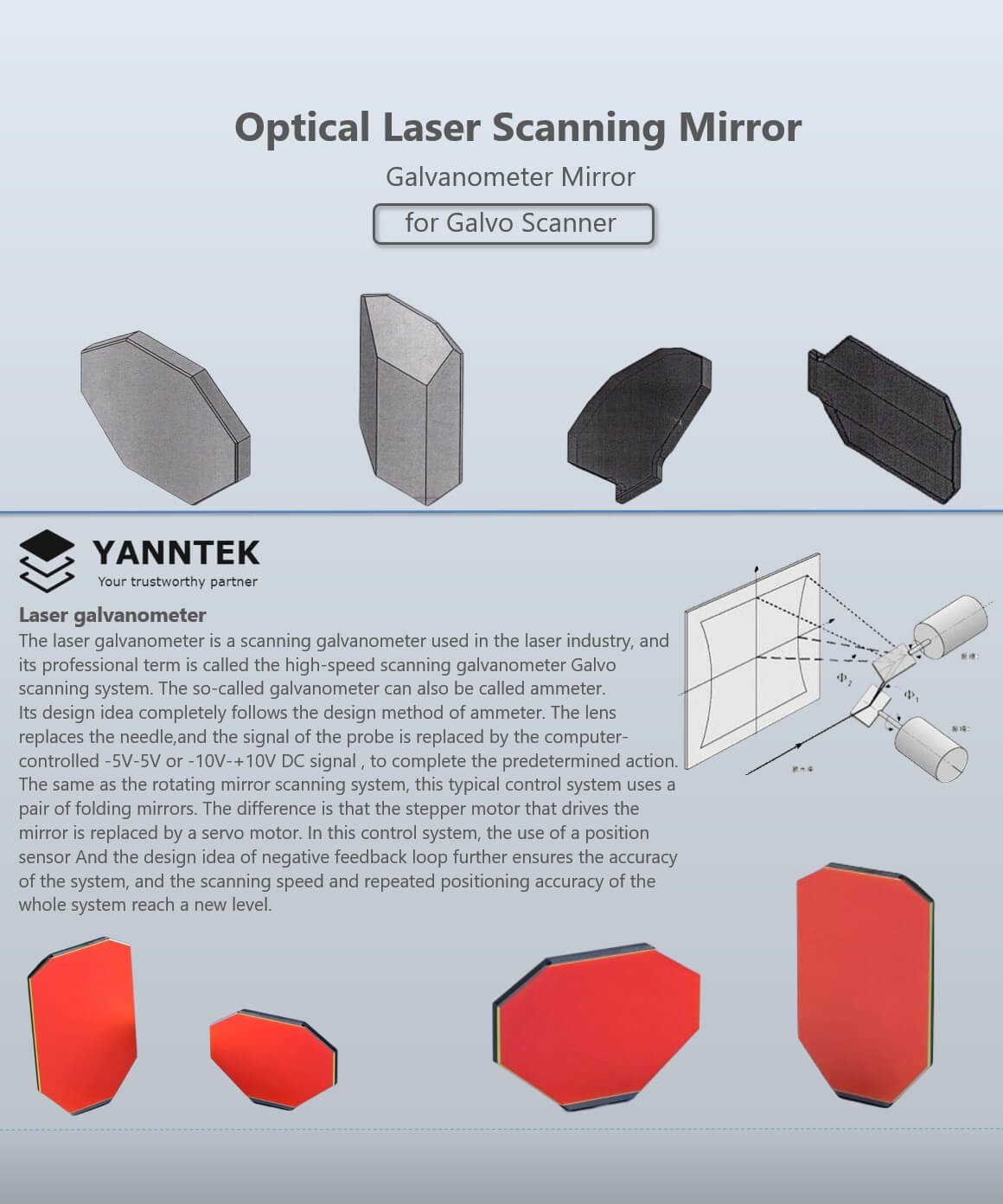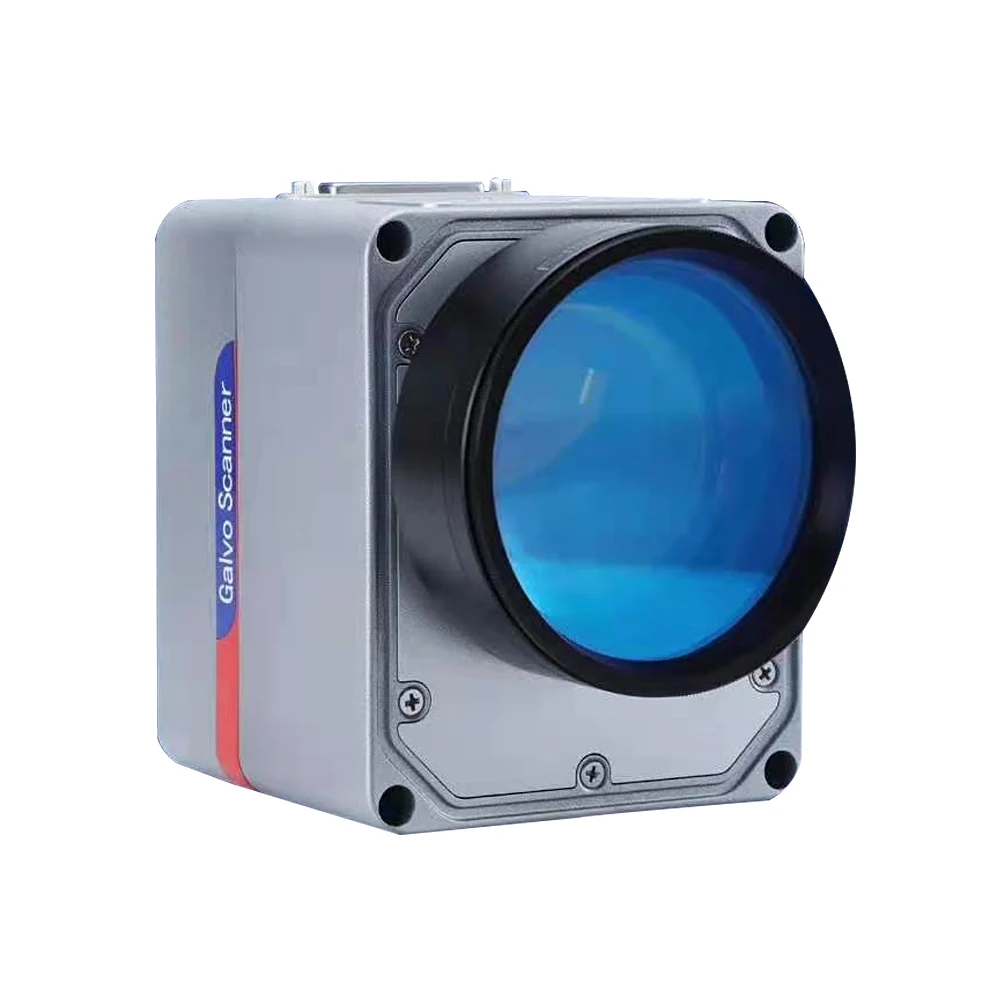A Comprehensive Guide to Selecting the Right Galvanometer Scanner for Your Requirements
A Comprehensive Guide to Selecting the Right Galvanometer Scanner for Your Requirements
Blog Article
Trick Applications of a Galvanometer Scanner in Various Scientific Study Fields
Galvanometer scanners have come to be important to various clinical research fields, supplying enhanced accuracy in applications ranging from biomedical imaging to ecological monitoring. Their ability to help with high-resolution imaging strategies, such as confocal microscopy, plays an essential role ahead of time our understanding of cellular frameworks. Furthermore, in material processing, these gadgets boost the precision of laser cutting and welding. As we check out the complex applications of galvanometer scanners, it ends up being obvious that their effect expands far past plain technical capacities, questioning regarding their future potential in arising research locations.
Biomedical Imaging

In confocal microscopy, galvanometer scanners help with the procurement of photos with improved resolution and contrast, permitting researchers to visualize cellular components in vivo. The capacity to swiftly record multiple focal aircrafts boosts the three-dimensional restoration of cells, supplying important understandings into their style and feature.

In addition, the rapid scanning capabilities of galvanometer systems add to developments in vibrant imaging applications, such as monitoring cellular responses to stimulations. For this reason, galvanometer scanners are indispensable tools in the field of biomedical imaging, progressing research and scientific diagnostics via their accuracy and efficiency.
Material Handling
Accuracy in material handling is essential for accomplishing high-grade lead to numerous commercial applications (galvanometer scanner). Galvanometer scanners play a crucial duty in enhancing this accuracy by allowing fast and exact activity control during the processing of materials such as porcelains, polymers, and steels. These gadgets promote techniques like laser welding, cutting, and engraving, which require finely-tuned adjustments to guarantee ideal results
In laser cutting, for instance, galvanometer scanners permit detailed styles to be implemented with high integrity, decreasing waste and enhancing production efficiency. The fast movement capabilities allow quick changes in the laser light beam course, which is important for keeping regular cutting top quality across differing product thicknesses. In laser welding applications, the precision offered by galvanometer scanners ensures solid joints with very little thermal distortion, thus boosting architectural honesty.
Furthermore, the adaptability of galvanometer scanners to various laser types and wavelengths better broadens their energy in material processing. Their capability to operate in tandem with sophisticated software application for real-time monitoring and control includes an added layer of refinement, enabling producers to accomplish exact specs customized to specific applications. Hence, galvanometer scanners are vital in advancing the capacities of product handling technologies.
Optical Characterization
In the world of optical characterization, the function of galvanometer scanners ends up being increasingly considerable as they help with the evaluation of various optical residential or commercial properties with high accuracy. These devices make it possible for exact control of laser light beams, permitting scientists to systematically penetrate products at multiple angles and regularities. This capacity is vital for defining the refractive index, absorption coefficient, and scattering residential properties of varied products.
Galvanometer scanners are especially efficient in techniques such as optical coherence tomography (OCT) and laser-induced fluorescence (LIF), where fast scanning is important. By accomplishing high-speed inflection of the laser placement, galvanometer scanners enhance the temporal resolution of these approaches, bring about improved imaging and analysis. Additionally, they allow the expedition of intricate communications between light and issue, which is essential for recognizing material actions under numerous problems.
Moreover, the combination of galvanometer scanners with spectroscopic techniques expands their utility, permitting for comprehensive spooky analysis throughout a wide variety of wavelengths. This convenience makes them important tools in areas such as products science, biomedical research, and nanotechnology, where comprehensive optical characterization is critical for progressing expertise and innovation.

Laser Micromachining
The introduction of laser micromachining has actually transformed making procedures, allowing the production of elaborate structures with unmatched accuracy. This technique makes use of high-intensity laser beam of lights to exactly eliminate product from a substrate, making it feasible to produce micro-scale components that are vital in numerous markets. The application of galvanometer scanners in laser micromachining enhances the effectiveness and accuracy of this procedure by permitting accurate and quick beam positioning.
Galvanometer scanners promote the dynamic control of laser light beams, making it possible for complex patterns to be engraved or cut with high fidelity. Their rapid response times and high-resolution capacities permit for the adjustment of laser pulses, which is site link necessary for achieving the desired material homes and surface area finishes. This innovation is specifically advantageous in fields such as electronic devices, where the miniaturization of parts is important for efficiency improvement.
Furthermore, laser micromachining is significantly being utilized in the clinical area for look these up manufacturing accuracy tools and implants. The combination of laser technology and galvanometer scanning not just simplifies production workflows yet likewise reduces waste and improves overall material utilization, making it a sustainable choice for modern production obstacles.
Ecological Tracking
Environmental monitoring has ended up being significantly vital in handling the health and evaluating of ecosystems and city settings. The assimilation of galvanometer scanners in this field allows exact, rapid, and reliable information collection, promoting far better decision-making processes. These scanners are proficient at guiding laser beams or sensors across different terrains, permitting high-resolution mapping of environmental parameters such as air high quality, dirt make-up, and water air pollution.
In air high quality monitoring, galvanometer scanners can be used to assess particle matter and aeriform pollutants, supplying real-time data that notifies public wellness campaigns. For water quality evaluations, these scanners can help in finding pollutants and determining physical look here parameters, thus ensuring conformity with ecological policies. Furthermore, in remote sensing applications, galvanometer scanners improve the capability of satellite and drone systems to catch detailed pictures and information of large areas, determining ecological changes and anthropogenic effects.
The convenience and precision of galvanometer scanners make them important devices in environmental monitoring, adding considerably to sustainable growth initiatives and the defense of natural deposits. As the demand for effective environmental monitoring grows, the role of these advanced tools will undoubtedly broaden further.
Conclusion
In summary, galvanometer scanners act as necessary devices across multiple scientific study domain names. Their application in biomedical imaging boosts the precision of techniques important for mobile visualization and diagnostics. In material processing, these scanners facilitate advanced laser cutting and welding procedures, making sure marginal distortion. Moreover, their role in ecological surveillance highlights the importance of exact data collection in resolving public health and environmental obstacles. The convenience and effectiveness of galvanometer scanners remain to drive developments in these critical fields.
In laser welding applications, the accuracy used by galvanometer scanners makes sure solid joints with marginal thermal distortion, thus boosting structural stability.
In addition, the flexibility of galvanometer scanners to various laser types and wavelengths even more widens their utility in material processing. By achieving high-speed modulation of the laser setting, galvanometer scanners improve the temporal resolution of these approaches, leading to improved imaging and evaluation. The application of galvanometer scanners in laser micromachining improves the effectiveness and precision of this procedure by allowing exact and rapid beam of light positioning.
Galvanometer scanners help with the dynamic control of laser beam of lights, enabling complicated patterns to be engraved or cut with high fidelity.
Report this page